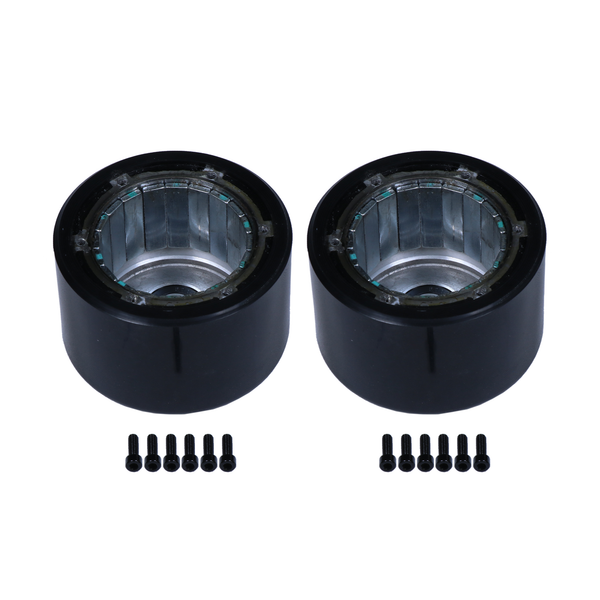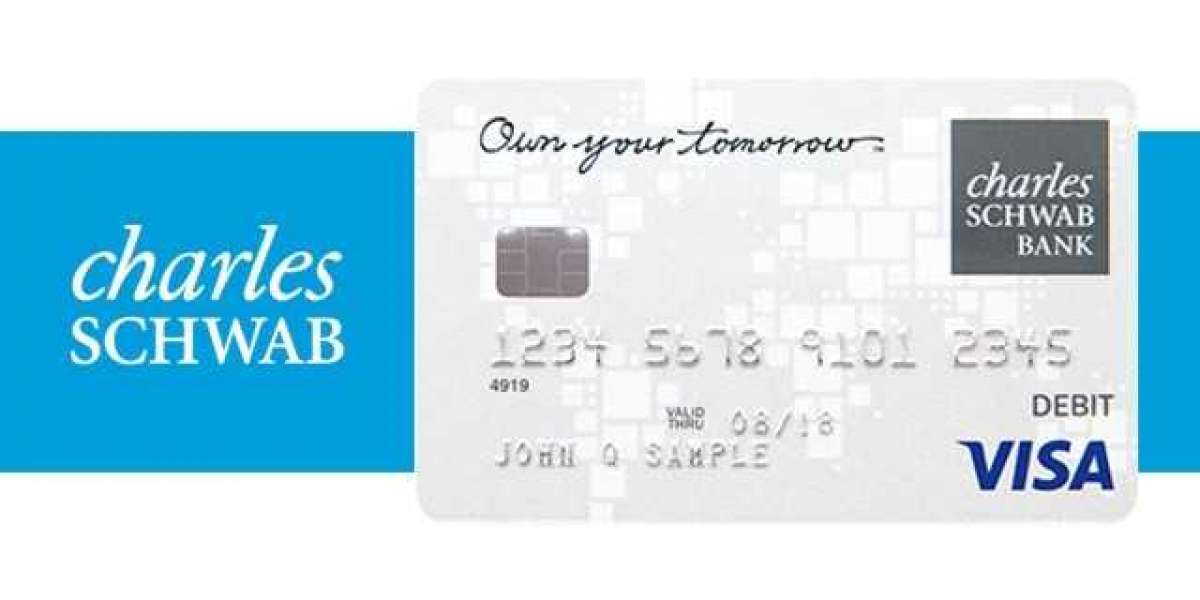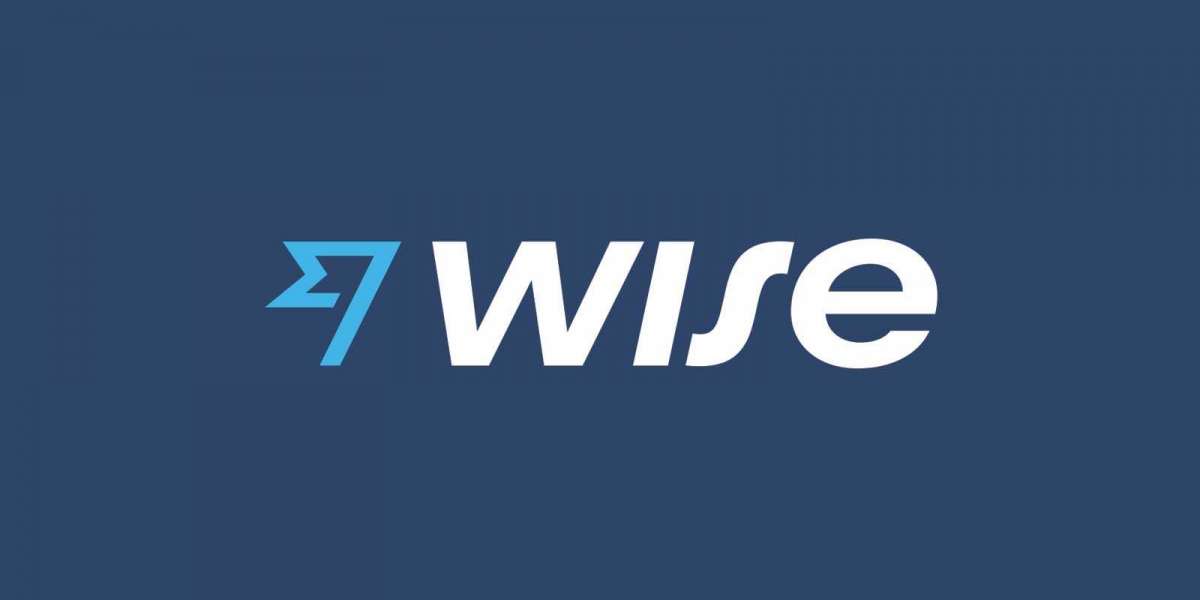Unlocking the Secrets of Electric Board Propulsion: Discover the Future of Riding!
In recent years, electric boards have surged in popularity, revolutionizing personal transportation and offering an eco-friendly alternative to traditional vehicles. At the heart of this innovation lies the electric board propulsion engine, a critical component that defines performance, efficiency, and rider experience. Understanding the technology behind these engines is essential for potential users and enthusiasts alike, as it not only enhances the riding experience but also informs better purchasing decisions. Whether you're a novice rider or an experienced enthusiast, delving into the world of electric propulsion can open up a realm of possibilities, making your rides smoother, faster, and more exhilarating.

Understanding Electric Board Propulsion Engines
Electric board propulsion engines are specialized systems designed to convert electrical energy from batteries into mechanical energy, propelling the board forward. Unlike traditional propulsion systems that rely on combustion engines, electric propulsion leverages electric motors for a quieter, more efficient ride. The fundamental principle behind electric propulsion is simple: an electric motor, powered by a rechargeable battery, generates torque, which translates into motion. This innovative approach not only reduces emissions but also offers immediate torque, resulting in rapid acceleration. Electric propulsion systems are increasingly favored for their ability to provide smooth, seamless rides, making them a preferred choice for urban commuting and recreational riding.
Types of Electric Board Propulsion Engines
Electric propulsion engines come in various types, each with unique characteristics that cater to different riding styles and preferences. The most common types include hub motors, belt-driven systems, and variations like in-runner and out-runner motors. Hub motors are integrated into the wheel, providing direct propulsion, while belt-driven systems use a belt to transfer power from the motor to the wheels, allowing for more flexibility in design and performance. Understanding these differences is crucial for riders looking to optimize their boards for speed, control, and overall ride quality.
Hub Motors
Hub motors are a popular choice for many electric boards due to their simplicity and efficiency. By placing the motor directly in the wheel hub, manufacturers can create a compact design that requires fewer moving parts. This configuration enhances efficiency, as there is minimal energy loss during power transfer. However, hub motors can have some drawbacks, such as limited heat dissipation and potential challenges in replacing tires. Despite these concerns, the ease of installation and maintenance makes hub motors an attractive option for many riders.
Belt-Driven Systems
Belt-driven systems offer a different approach by utilizing a motor connected to the wheels via a belt. This design allows for greater flexibility in adjusting gear ratios, which can significantly impact performance and acceleration. Riders often appreciate the enhanced control and responsiveness offered by belt-driven systems, making them a popular choice for those seeking a more customizable riding experience. However, they may require more maintenance compared to hub motors, as belts can wear out over time and need replacement.
Functionality of Electric Propulsion Engines
The functionality of electric propulsion engines is a fascinating aspect that combines various components working in harmony. At the core of this system is the battery, which stores energy for the motor. The power output is regulated by electronic speed controllers (ESC), which manage the flow of electricity to the motor based on rider input. This allows for smooth acceleration and braking, enhancing the overall riding experience. Additionally, many electric boards come equipped with regenerative braking systems that harness energy during braking, feeding it back into the battery and extending the board's range. This synergy between battery, motor, and ESC is what makes electric propulsion so efficient and enjoyable.
Technologies Behind Electric Board Propulsion
The landscape of electric board propulsion is continuously evolving, driven by advancements in technology. Features such as regenerative braking, which captures kinetic energy and converts it back into electrical energy, are becoming standard in many boards, significantly enhancing their range and efficiency. Smart sensors also play a crucial role, providing real-time data on speed, battery levels, and motor performance, allowing riders to make informed decisions on their journeys. Furthermore, innovations in wireless connectivity have paved the way for mobile apps that can control board settings, track performance metrics, and even perform diagnostics. These technologies not only make riding more enjoyable but also contribute to safer and more efficient electric board experiences.
Final Thoughts on Electric Board Propulsion Engines
In summary, electric board propulsion engines represent a significant leap forward in personal transportation technology, combining efficiency, performance, and sustainability. Understanding the different types of propulsion systems, their functionality, and the latest technological innovations can empower riders to make informed choices when purchasing or upgrading their electric boards. As these technologies continue to evolve, they promise to shape the future of personal mobility, making electric boards an increasingly viable option for commuters and adventure seekers alike. Embracing this technology can enhance your riding experience, making every journey not just a ride, but an exciting adventure!








